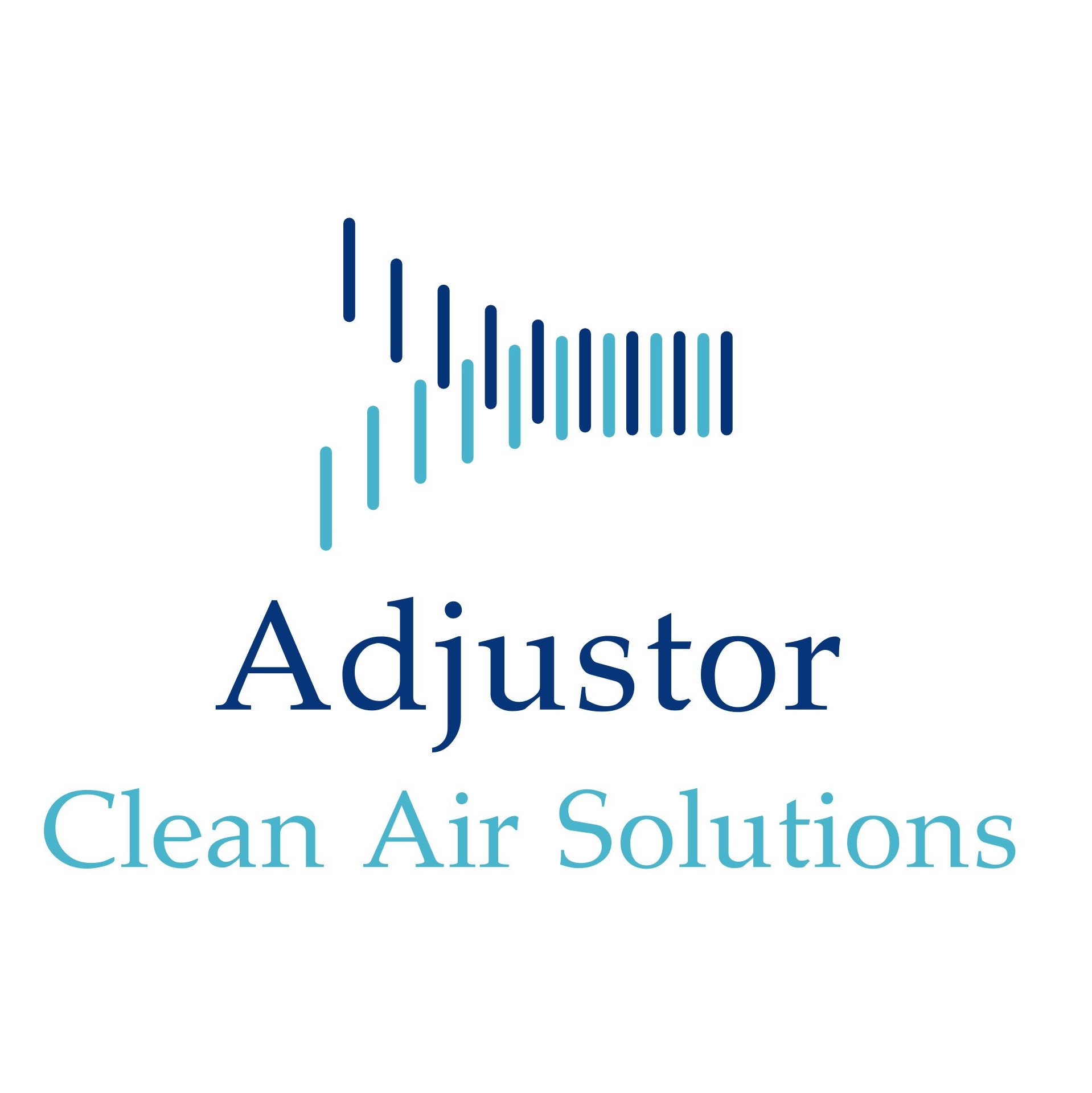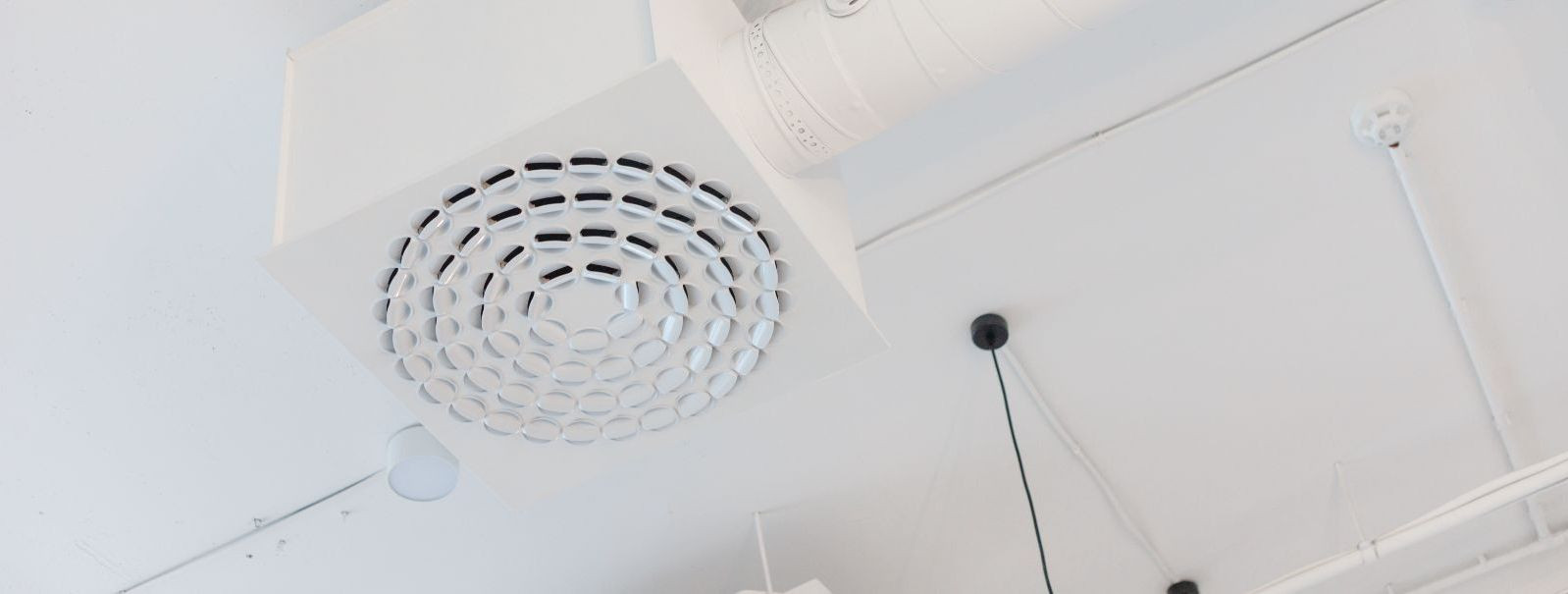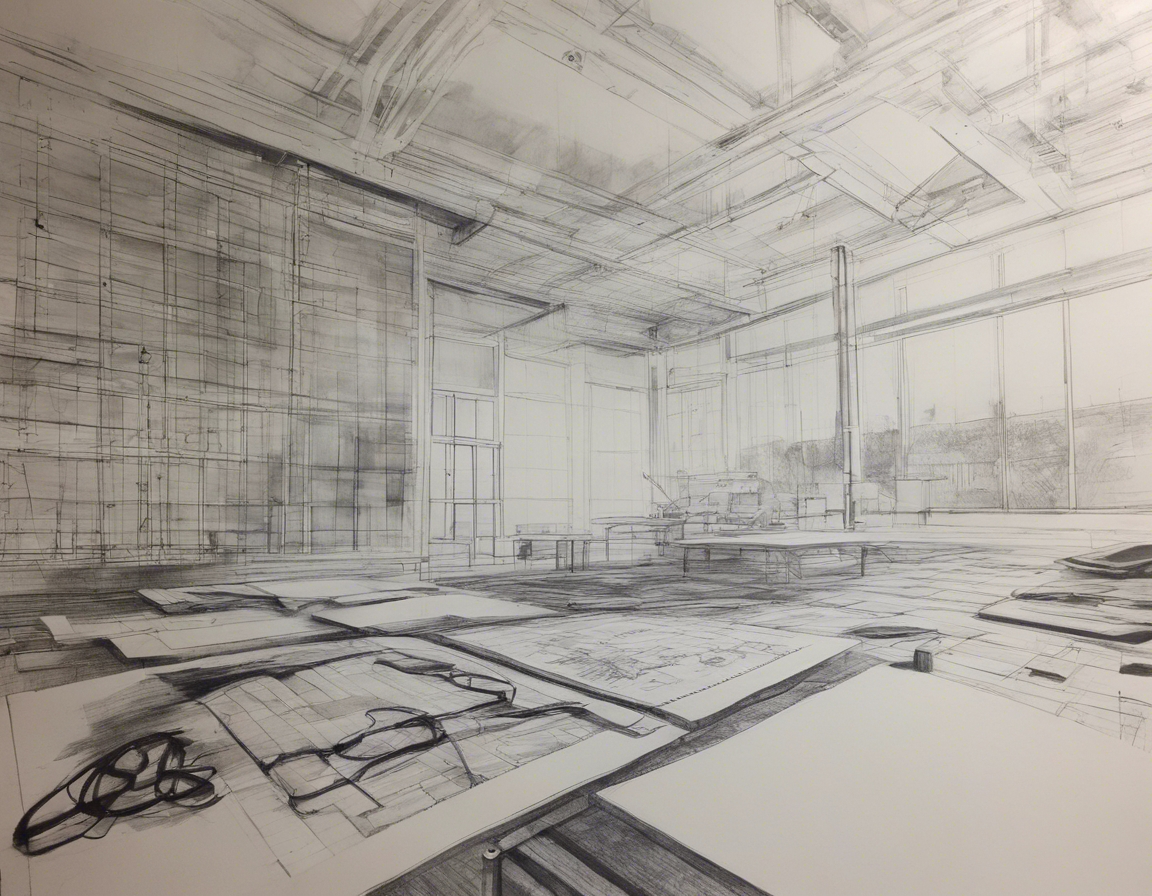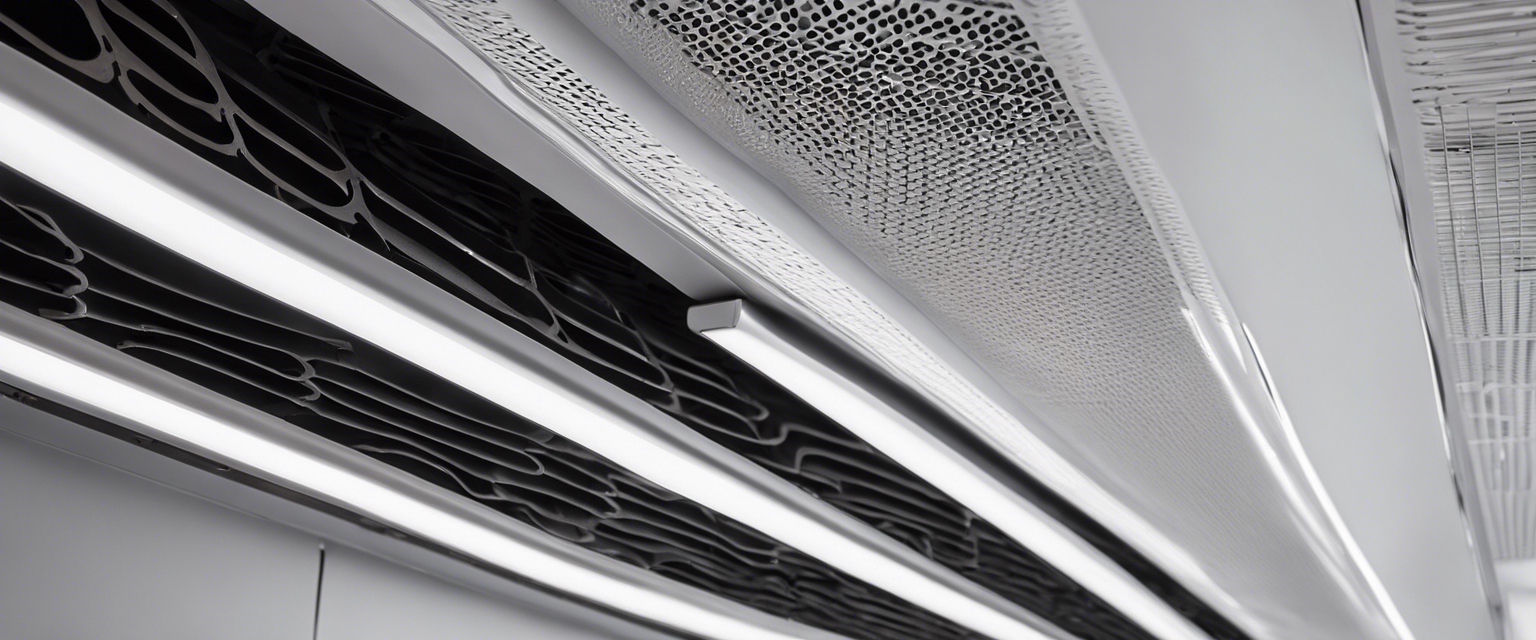5 signs your ventilation system needs an upgrade
Proper ventilation is crucial for maintaining a healthy and comfortable indoor environment. It's the unsung hero of our buildings, quietly ensuring that fresh air circulates while stale, polluted air is shown the door. But like any system, it can degrade over time or become outdated as technology advances. For construction companies, architects, building managers, and homeowners, recognizing the signs that your ventilation system needs an upgrade is essential for the well-being of occupants and the longevity of your property.
Sign 1: Persistent Unpleasant Odors
If your nose is constantly assaulted by unpleasant odors that refuse to dissipate, it's a clear indicator that your ventilation system may not be functioning properly. From cooking fumes to bathroom humidity, a well-designed ventilation system should efficiently remove odors and excess moisture.
Lingering odors can be caused by inadequate exhaust fans, poor ductwork, or filters that need replacing. These issues can prevent the proper expulsion of odorous air, leading to a less than fresh indoor atmosphere.
Aside from being a nuisance, persistent odors can also be a sign of harmful pollutants lingering in your air, which can pose health risks to occupants, particularly those with respiratory issues.
Sign 2: Increased Allergy Symptoms
When allergy symptoms flare up indoors, it's a telltale sign that your ventilation might be circulating dust, pollen, and other allergens. A well-maintained system should help to filter out these irritants, not spread them.
Poor indoor air quality due to inadequate ventilation can exacerbate allergies and asthma, making living or working spaces uncomfortable for sensitive individuals.
Upgrading your ventilation system can significantly improve indoor air quality, reducing allergy symptoms and creating a healthier environment for everyone.
Sign 3: Mold and Moisture Accumulation
Mold and moisture are not just unsightly; they're indicators of excess humidity and inadequate ventilation. Over time, they can cause significant damage to your property and health.
Poor ventilation allows moisture to linger, creating the perfect breeding ground for mold. This can be due to faulty ventilation equipment or design flaws that fail to address humidity control.
Mold can lead to structural damage and has been linked to various health problems. Addressing ventilation issues is critical to preventing mold growth and protecting both your property and the health of its occupants.
Sign 4: Inconsistent Airflow and Temperatures
Inconsistent airflow and temperatures throughout a building can be frustrating and are often a sign of an inefficient ventilation system. Areas that are too hot or too cold, or where air seems stale, indicate that air is not being distributed effectively.
Issues such as blocked vents, leaky ductwork, or an undersized system can all lead to uneven airflow and temperatures. These problems can also strain your HVAC system, leading to more frequent repairs and reduced lifespan.
An upgrade can not only improve comfort but also enhance the energy efficiency of your building, leading to lower utility bills and a reduced carbon footprint.
Sign 5: Rising Energy Costs
If you've noticed your energy bills creeping up without a corresponding increase in usage, it could be a sign that your ventilation system is working overtime to compensate for inefficiencies.
An outdated or poorly functioning ventilation system can consume more energy as it struggles to maintain air quality and comfort levels, leading to higher operational costs.
Investing in a modern, efficient ventilation system can result in significant long-term savings, not to mention the benefits of improved air quality and comfort.






Comments (0)